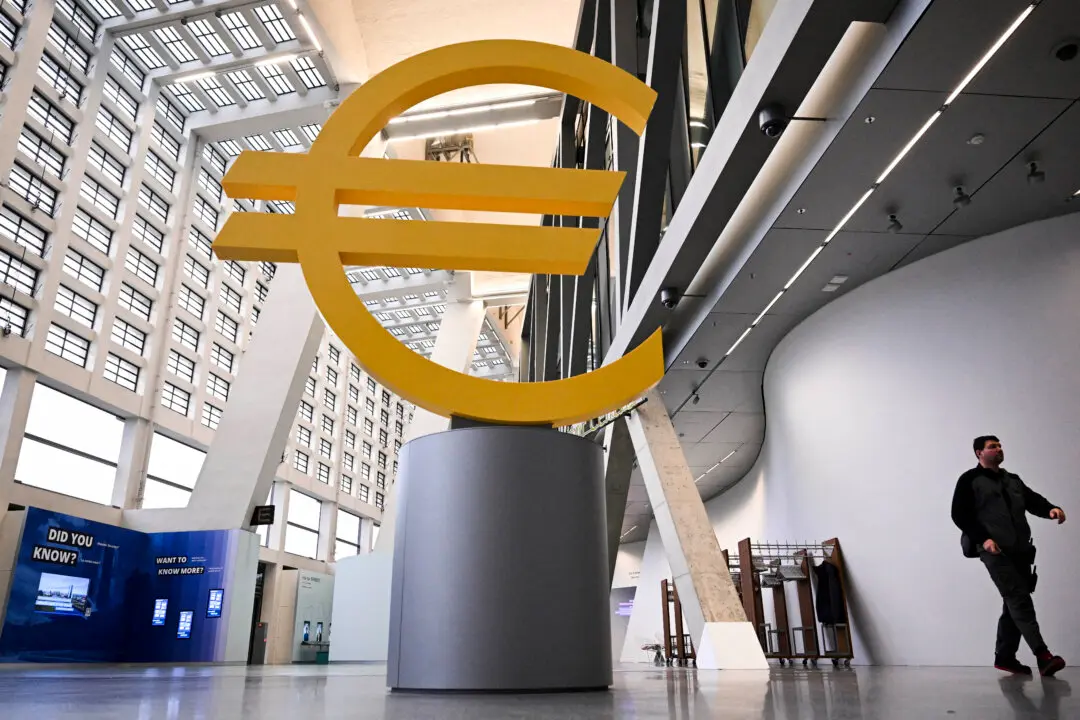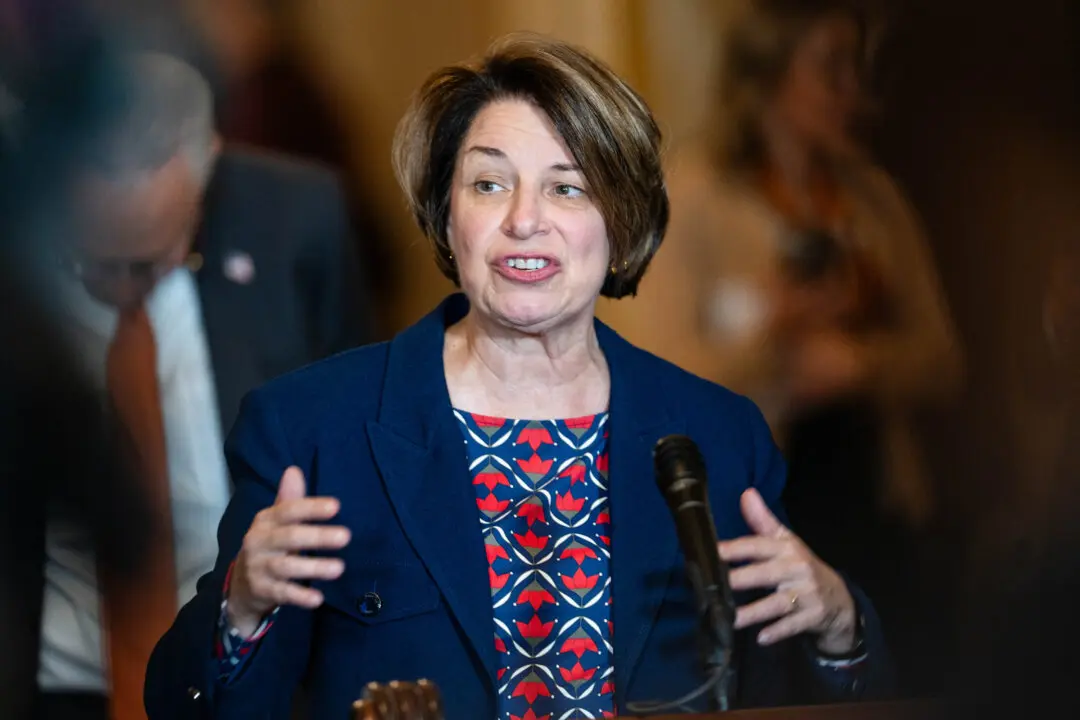Wall Street’s main equities indexes jumped on the opening bell Thursday as investors bet that lower-than-expected inflation data would prompt the Federal Reserve to ease off on rate hikes. But experts warn it’s far too soon to declare victory in the fight against soaring prices and that investors should brace for more “disappointment.”
At the opening bell, the Dow Jones Industrial Average rose 749.97 points, or 2.31 percent, to 33,263.91. The S&P 500 Index opened higher by 111.32 points, or 2.97 percent, at 3,859.89, while the Nasdaq Composite gained 515.99 points, or 4.98 percent, to 10,869.17, at the opening bell.





